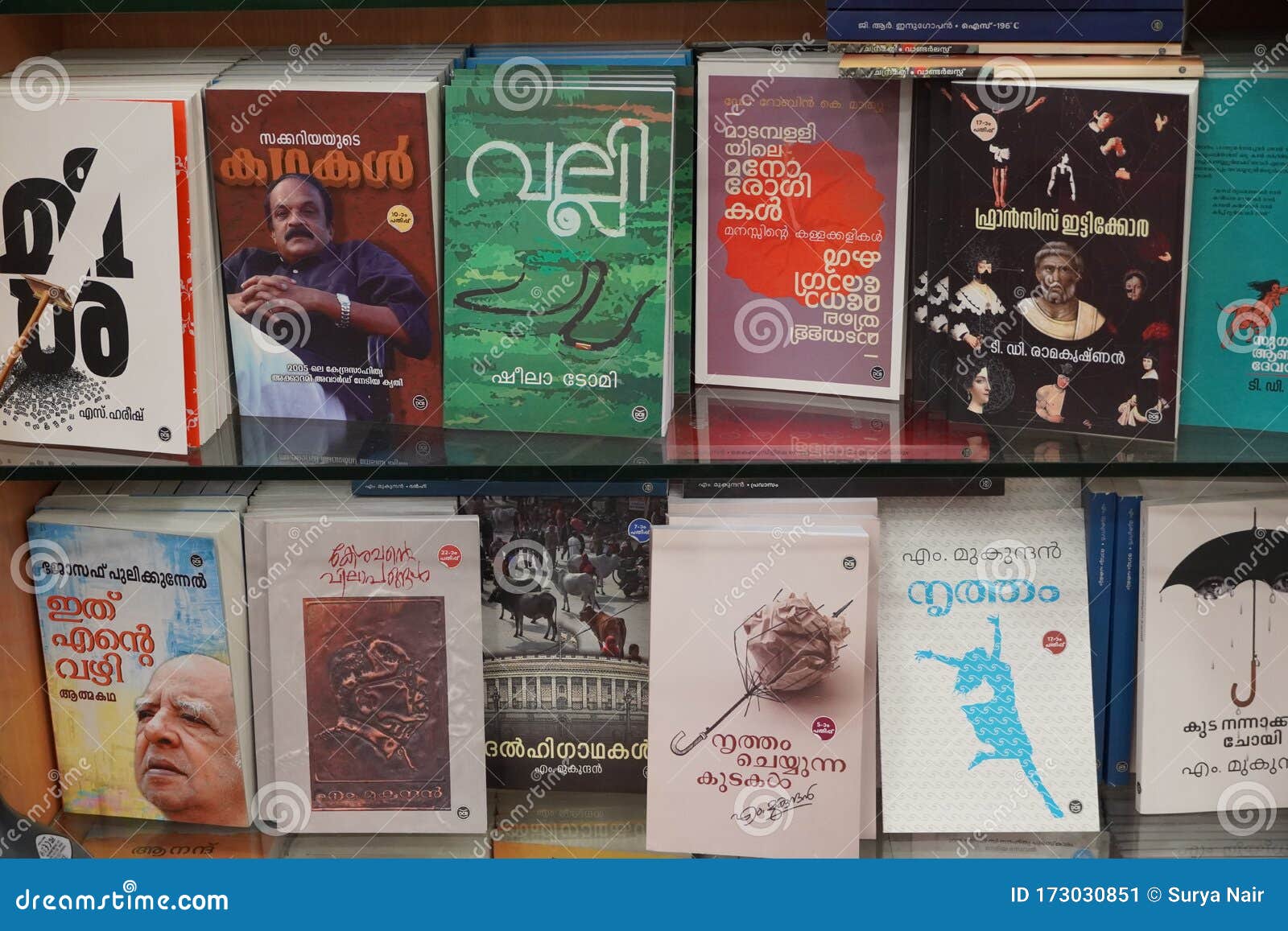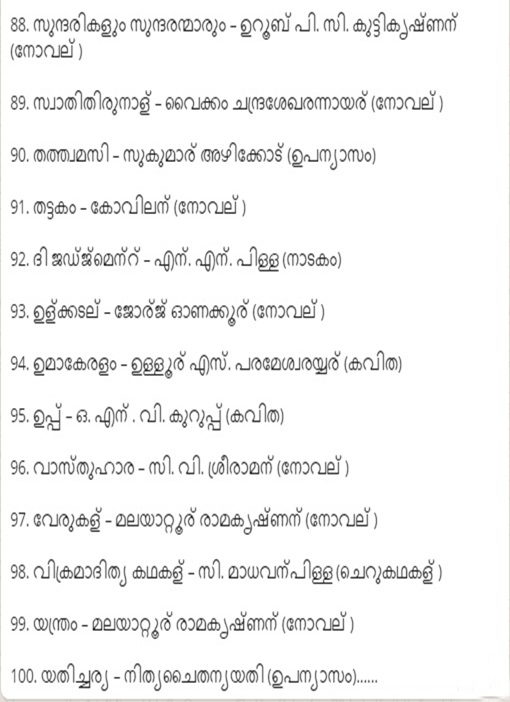
Why not translate an English novel for fellow Malayali speakers who might enjoy Henrietta Temple as much as his wife had? And so, to introduce the people of Kerala to the novel, Menon began this daunting exercise. He would often summarise them for his wife, who usually bored by this exercise found the story of Benjamin Disraeli’s Henrietta Temple interesting enough to demand a more detailed summary. Menon was an avid reader of English novels.

Ramsante hoorikal malayalam novels professional#
Beginning his professional life as a clerk, Menon rose to become a judge and also assisted William Logan, the Englishman who wrote the Malabar Manual, a detailed dossier on Malabar society, economy, geography and people. Raised in a village in present-day Kozhikode district in North Kerala, he was educated traditionally before he went on to acquire an English education at the Basel Mission German School in Thalassery (now known as the Basel Evangelical Mission Parsi School). Society, it appeared, was ripe for a revolution, and it was against this backdrop of dissent that Oyyarathu Chandu Menon was born in 1847. During the course of the 19th century, with the introduction of English education, educated Nair men began to challenge the old order, their main focus areas being marumakkathayam, the matrilineal system of inheritance, and the practice of sambandham, a tradition that enabled Nambudiri men to enter into alliances with Nair women. Murmurs of dissent began to grow louder, especially among the more forward-thinking Nair community. Property inheritance was from mother to daughter and the mother’s brother ( karanavar) administered the property on behalf of the female members of the family. The Nairs, on the other hand, were matrilineal and matrilocal. The younger sons, on the other hand, entered into alliances with Nair women and the children born out of such alliances were raised in the Nair caste. The system of Nambudiri inheritance was such that the oldest son inherited all property and only he was allowed to enter into marriage with a Nambudiri woman. A variety of feudal traditions with respect to marriage and inheritance governed the interactions between the Nairs and the Nambudiris but cracks were beginning to form in this hitherto unyielding caste-based society.

Hindu society in Kerala was deeply casteist, with the Nambudiri Brahmins and Nairs comprising the two dominant castes, and the former at the top of the caste pyramid. Portrait of a Nair Lady by Raja Ravi Varma | Wikimedia Commons


 0 kommentar(er)
0 kommentar(er)
